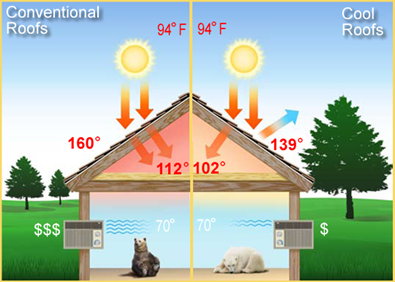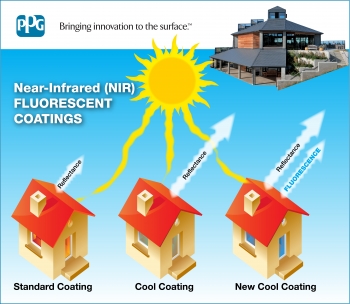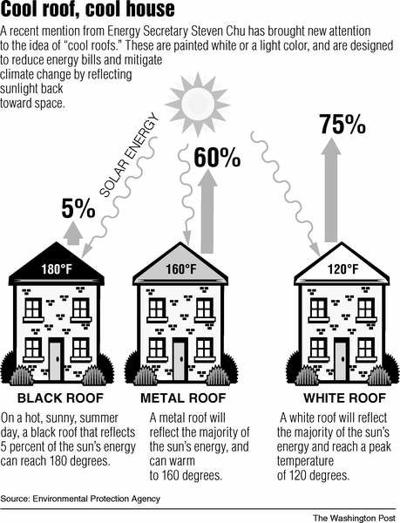Policies For Cool Roofs
To aid community wide acceptance and adoption of cool roofs it will be helpful to inform residents and businesses about financial incentives that exist for the installation of a cool roof where applicable.
Policies for cool roofs. Cool policies for cool cities. Reducing peak energy demand. To learn more about incentives available for cool roof projects policies or programs be sure to visit. Residential roofing options include asphalt shingles metal clay tiles and concrete tiles.
A cool roof is a roofing system that delivers higher solar reflectance the ability to reflect the visible infrared and ultraviolet wavelengths of the sun reducing heat transfer to the building and higher thermal emittance the ability to radiate absorbed or non reflected solar energy than standard designed roofing products. Nearly any type of building can benefit from a cool roof but consider the climate and other factors before deciding to install one. Due to the rise in extreme heat waves and increased urbanization more and more cities across the globe are adopting policies and programs that require or encourage the installation of reflective roofing products on new and existing buildings. A sustainable urban systems framework.
Commonly referred to as cool roofs these building materials help mitigate urban heat island effect which can have important implications when it comes to protecting public health. Incorporating built environment factors into climate change mitigation strategies for seoul south korea. The role of the green infrastructure. Just as wearing light colored clothing can help keep you cool on a sunny day cool roofs material that is designed to reflect more sunlight and absorb less heat than a standard roof.
Historically cool roofs have been either white. Both properties are measured from 0 to 1 and the higher the value the cooler the roof. Commercial cool roof options include bright white membranes and white coatings. There are different cool roof standards for commercial low slope roofs and residential steep slope roofs.
Coolness is measured by two properties solar reflectance and thermal emittance. Cool roofs are not really super high tech and that is a part of their overall appeal. By sarah schneider deputy director cool roof rating council. A cool roof reflects and emits the sun s heat back to the sky instead of absorbing and transferring it to the building below.
Ghg emissions reduction energy use reduction. Cool policies for cool cities aceee and gcca 6 cool procurement policies reflective roofs vegetative roofs stormwater management other urban canopy light colored pavements natural disaster response other includes the following list of goals and strategies. Adapting cities for climate change. Cool roofs are a relatively simple and effective way to lower your cooling costs while also dramatically reducing your home s carbon footprint as well as lowering the load on you hvac equipment.
A hidden benefit of cool roofs. Coated roofs are literally coated with a paint like finish to help enhance a roof s adhesion durability and longevity while simultaneously reducing bacterial growth.













































